

Table of contents
- Location
- lighting conditions
- weather conditions
- Floor
- permeability
- soil moisture
- nutrient
- plant neighbors
- exceptions
Finding the right location for a rhododendron is difficult. Because the plants are extremely demanding in terms of location. You should therefore check the location and soil carefully before buying.
Location
Choosing the right location is extremely important with rhododendrons, as the plants do not accept every location. If the wrong location is chosen, they go there and the sea of flowers does not appear. Therefore you should meet the following requirements of the rhododendrons:
lighting conditions
Rhododendrons are not your typical sunbathers. They also tolerate shady locations, but this is at the expense of flowering. Under no circumstances should they be exposed to the blazing midday sun. You should therefore choose a partially shaded location for the plant. The shadow can be artificial or natural. Artificial shade providers for rhododendrons are, for example
- a house wall
- a garden wall
- a wooden garden shed
Natural shade providers are deciduous or coniferous trees that have the following properties:
- light (translucent, light shade)
- deep rooted
Scots pine (Pinus sylvestris), for example, has these properties. The tree has long, thin needles and therefore casts a light shadow. Its roots are sparsely branched and deep-rooted. So they don't compete with the flat root system of the rhododendron.
Tip:
Since rhododendrons are long-lived plants, you should keep an eye on their growth when choosing the shade provider. Because over the years, the shade provider can take away too much light from the rhododendrons.
weather conditions
In addition to the ideal lighting conditions, the location must also meet other requirements of the plants. Since rhododendrons do not like wind, the location should be sheltered from the wind. This is especially true against dry easterly winds in winter.
Floor
Choosing the right location in the garden is only half the battle with rhododendrons. Because the ornamental shrubs also make special demands on the soil. If these are not met, the plants grow stunted and the sea of flowers does not appear. In order to do justice to rhododendrons in terms of soil, you should check the following properties:
- soil type
- permeability
- soil moisture
- nutrient
- soil type
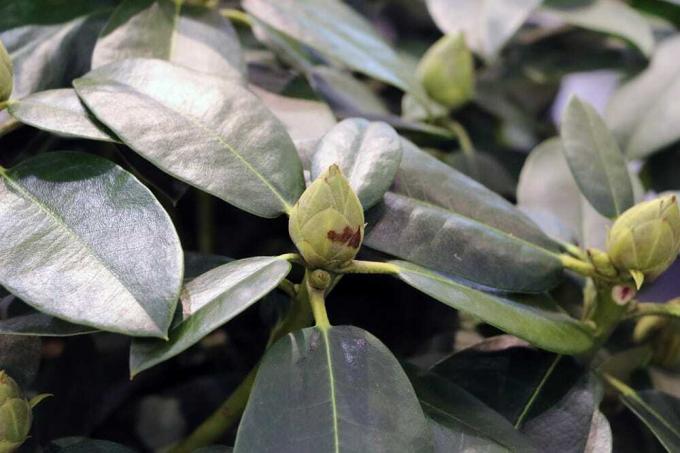
When it comes to soil type, rhododendrons have the property “very loose” first, so that the root system of the flat-rooted plants can spread well. In the garden, the following types of soil are called loose:
- sandy
- stony
- gritty
Rhododendrons do not tolerate heavy (clay) soils. If you still don't want to do without the plants, then the soil must be improved with sand. Alternatively, you can replace the excavation with rhododendron soil. Sandy soils can with
- leaf compost
- bark humus
- rotted cow dung
be improved.
Tip:
Soil pH is ideally in the slightly acidic to acidic range. This corresponds to a value of 4 to 5.5. The plants therefore cannot cope with calcareous soils that have a higher pH value.
permeability
Since waterlogging is the greatest care and maintenance requirement for the rhododendron. weather-related fine, the soil should be permeable so that excess water can drain into deeper soil layers. In loose soils, permeability is usually given naturally. To be on the safe side, you can also create a drainage layer in the planting hole. If you use gravel for this, make sure that it is lime-free.
soil moisture
The optimal soil moisture for rhododendrons is
- fresh
- moderately moist
"Fresh" means that no water runs off when the soil is squeezed, but the soil still feels moist. The soil is too moist if the soil still releases water when you compress it.
nutrient
So that the rhododendron can develop well right from the start, you should give it a nutrient-rich starting aid. Suitable for this:
- humic coniferous or leaf compost
- peat
- bog soil
- These are added to the garden soil as filling material.
plant neighbors
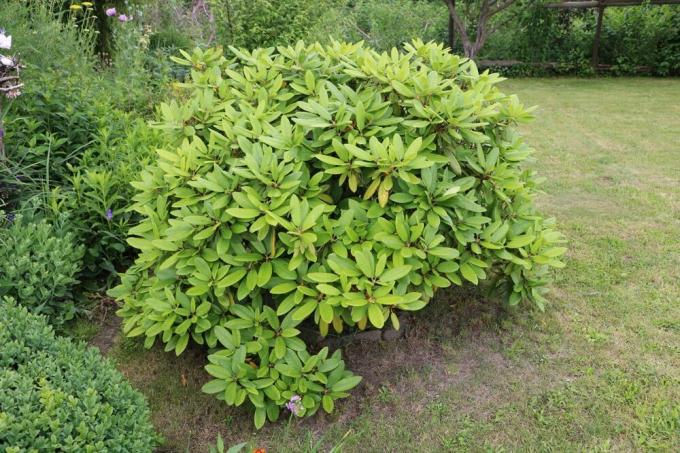
Since rhododendrons are shallow roots, no plants should be chosen as neighbors whose roots also spread just below the surface of the earth. To the bad neighbors include for example:
- beech
- birch
- maple
- Spruce
Good neighbors are for example:
- heather
- lavender
- skimmie
Tip:
So that the neighborhood works, the planting distance should be at least 100 centimeters.
exceptions
If you find that your garden is not suitable for a rhododendron in terms of soil and location, then special species may be able to help you. Because these are more compatible with various criteria:
- INKARHO rhododendrons can also cope with a higher pH value.
- Yakusimanum hybrids tolerate a sunny location.
 Home editorial office
Home editorial office
Learn more about ornamental trees

Shell cypress, Chamaecyparis obtusa: 10 care tips
The clam cypress, which originated in Japan, is one of the most popular evergreen garden plants in this country. The 10 most important tips for caring for conifers have been compiled for you here.
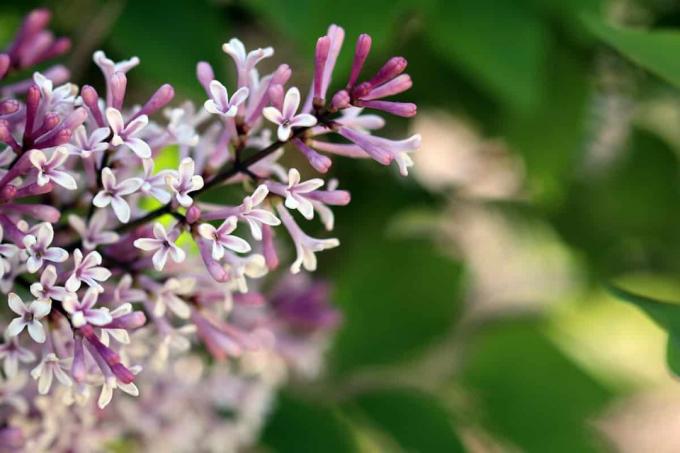
Dwarf lilac: 9 tips for care and pruning
The dwarf lilac impresses with its magnificent and fragrant flowers, which at the same time form an ideal retreat for native insects. The nine most important tips for caring for and especially cutting mini lilacs are summarized here for you.
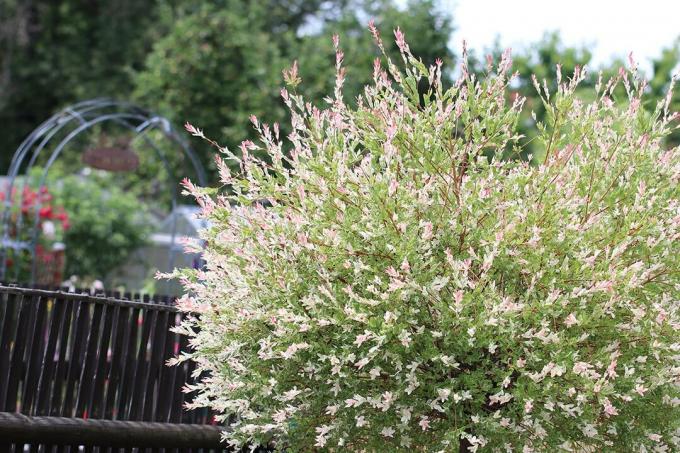
Flamingo Tree: Care and Pruning | flamingo pasture
The flamingo willow (Salix integra 'Hakuro Nishiki'), better known as the harlequin willow, is less noticeable with its inconspicuous flowers than with its colorful leaves. Its crown with the white-pink-green shoots draws everyone's attention, whether as a shrub or as a standard tree.

23 evergreen, hardy & fast growing shrubs
Evergreen and hardy shrubs are ideal for adding color to garden beds, patios and balconies in winter. Fast-growing specimens are particularly in demand. The 23 most popular shrubs can be found in the home garden guide.
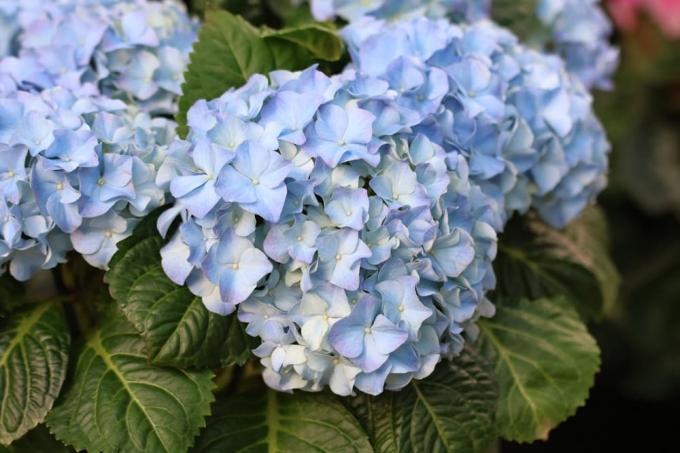
The basics of hydrangea care
Hydrangeas provide a real bloom in the garden or on the balcony, as long as they are cared for professionally. Read here how best to do this.

Identify & recognize shrubs: 8 tips
In order to recognize plants, characteristics such as leaves, flowers, branches and buds are necessary. Hobby gardeners have good basic prerequisites for learning the craft of identifying trees. If you know the peculiarities of the shrubs and bushes, it will be easy for you to start identifying them.
